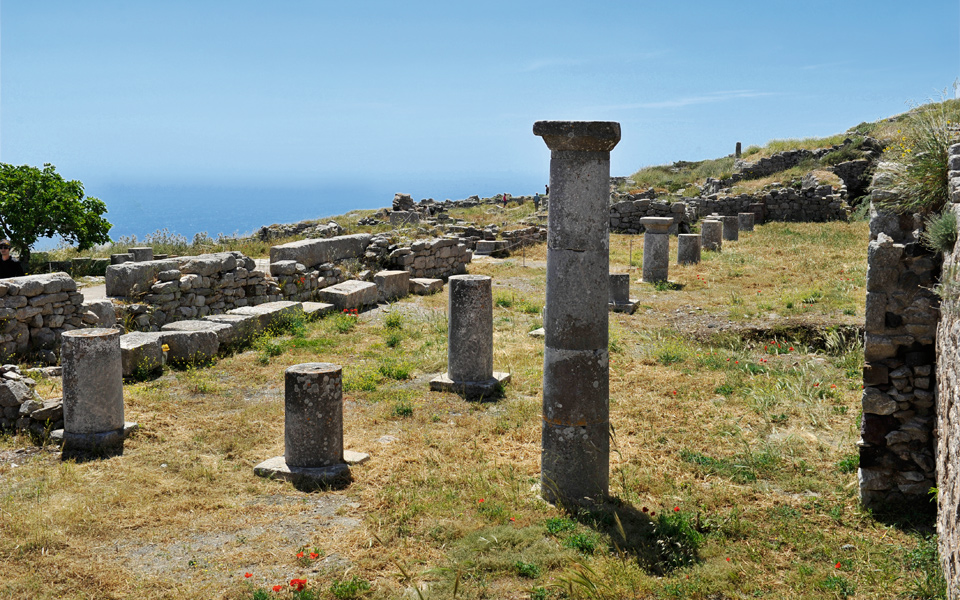The view is stunning from the top of Mesa Vouno (365 meters), on the south-eastern tip of Santorini. Kamari (Ancient Oia) and Perissa (old Eleusis) stretch out before us as we gaze beyond, into the horizon of the Aegean Sea. The Dorians arrived at this rugged, wind-swept spot in the 8th century BC. They were led by the Spartan King Theras who, with a few dozen Lacedaemonians, landed on the Cycladic island, established a colony and named the island Thera in his own honor – until then it had been known as Strongyle (after its round shape) or Kallisti (meaning “most beautiful”).
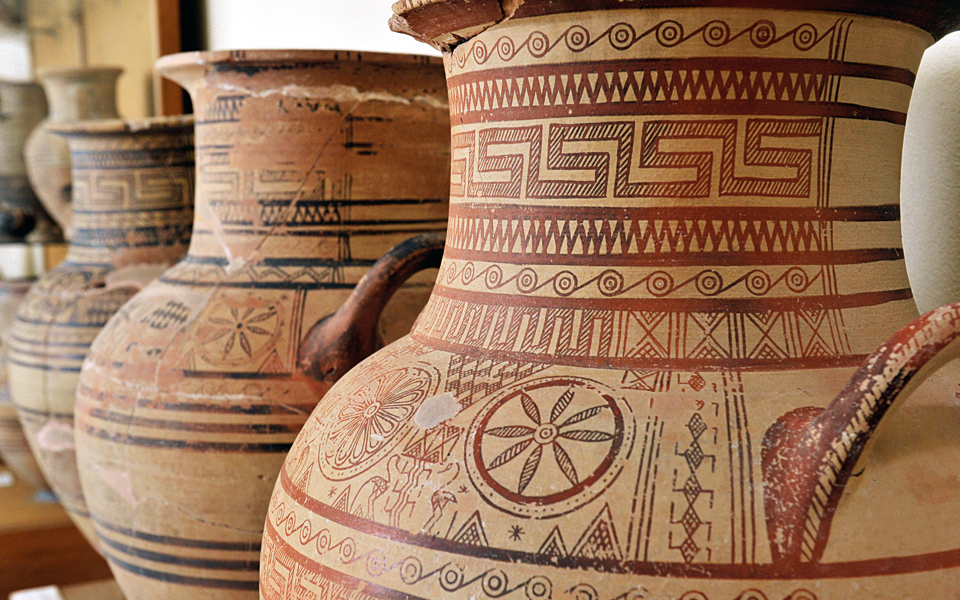
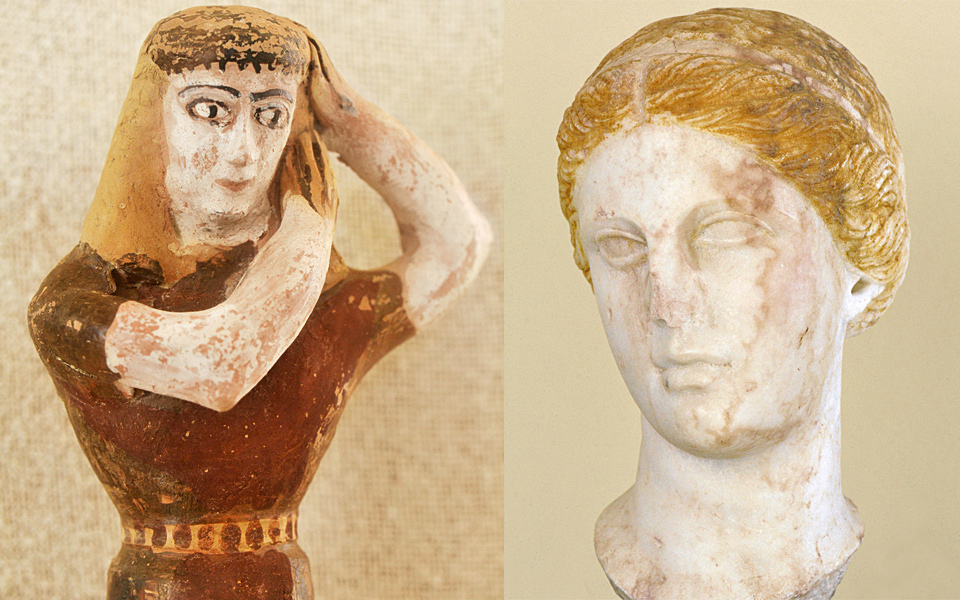
The Spartans knew what they were doing when they settled Mesa Vouno. “Its precipitous location is naturally fortified and has great strategic advantages, as one could easily control the entire south-eastern Aegean from this vantage point,” explains Maya Efstathiou, an archaeologist with the 21st Ephorate of Antiquities of Cyclades. Other factors were also important to those people who left hearth and home to make a new start in a foreign land: the island’s only natural springs were here and, in addition, the limestone provide and abundance of building material.
Thus Ancient Thera was born. Through the centuries and historical turmoil, it experienced periods of prosperity and poverty, as well as security and anguish. One thing, however, is certain: ever since that time, Santorini was conquered and settled by a succession of different nations. It was never again abandoned as it had been in prehistoric times after the terrible volcanic eruption that wiped away the brilliant civilization of Akrotiri.
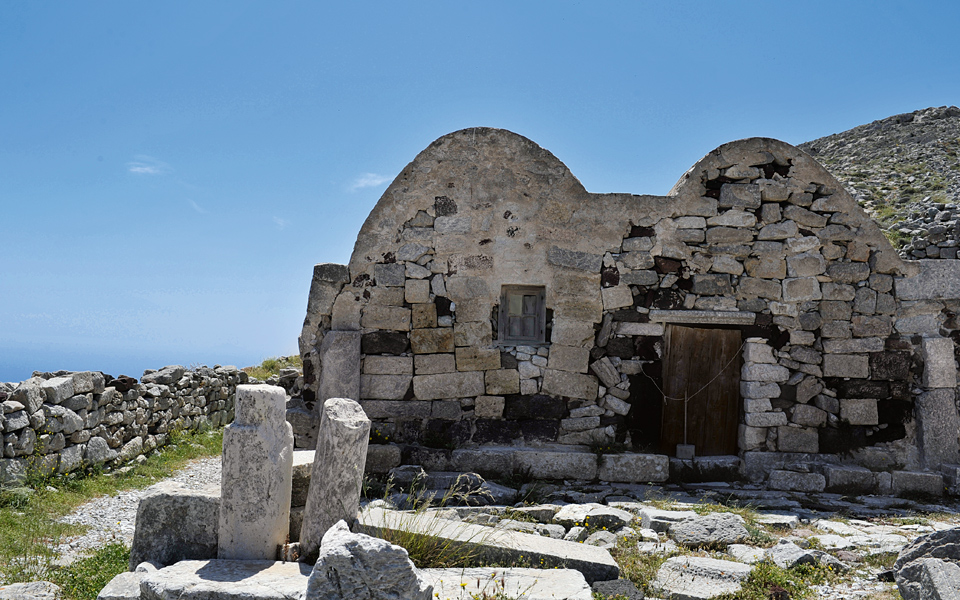
The city of Thera evolved into the island’s administrative, religious and commercial center, with public buildings, markets, baths, temples and churches, neighborhoods of private residences, a theater, water reservoirs, a sewage system and an excellent road network. Its buildings were defined by their simple yet graceful lines.
The quantity and provenance of the imported products discovered in excavations show that Thera had commercial ties and was linked as far back as the 8th century BC with all the major urban centers of the time, from Corinth and mainland Greece, to the islands of the Northern Aegean, the Cyclades and Crete, all the way to Cyprus and North Africa. It was, in fact, one of the first places to adopt the Phoenician alphabet as the basis of Greek writing. Its decline began in the late 3rd century AD as it became safer and more comfortable for residents to live near the island’s seaports of Oia and Ancient Eleusis.
“ Ever since the city of Ancient Thera was born, the island of Santorini was never again abandoned as it had been after the volcanic eruption that wiped away the brilliant civilization of Akrotiri. ”
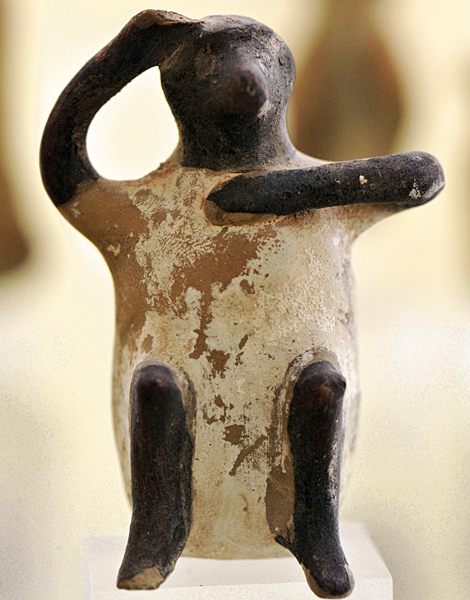
© Vangelis Zavos
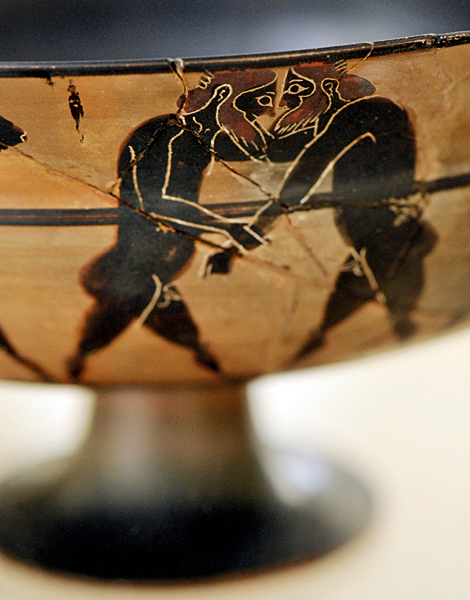
© Vangelis Zavos
“In the late 7th and 8th centuries, Arab raids rendered life on the coast dangerous and makeshift settlements began to form in the hills once more.
A short time later, however, Ancient Thera was abandoned for good,” notes Efstathiou. The city luckily did not disappear into the annals of history, as numerous traces of its past remained always visible and the testimonies of travelers have kept its memory alive.
German-led excavations in the 19th century and Greek ones after that have revealed a good part of the ancient city, and the archaeological site today gives visitors a feel of its pulse. The picture comes together with a visit to the Archaeological Museum of Fira, which contains some of the most significant finds from the site, such as statues and votive offerings, and decorative and utilitarian objects – souvenirs of lives whose true stories we may never know.
INFO
Arrive early to avoid the heat and take time to explore the site at a comfortable pace. At the time of our visit (early May) toilets were closed for repairs.
• The Archaeological Site of Ancient Thera and the Archaeological Museum of Fira are open daily except Mondays (8 a.m. – 3 p.m.) • ARCHAEOLOGICAL MUSEUM
OF FIRA • Tel. (+30) 22860.22.217
• http://odysseus.culture.gr

